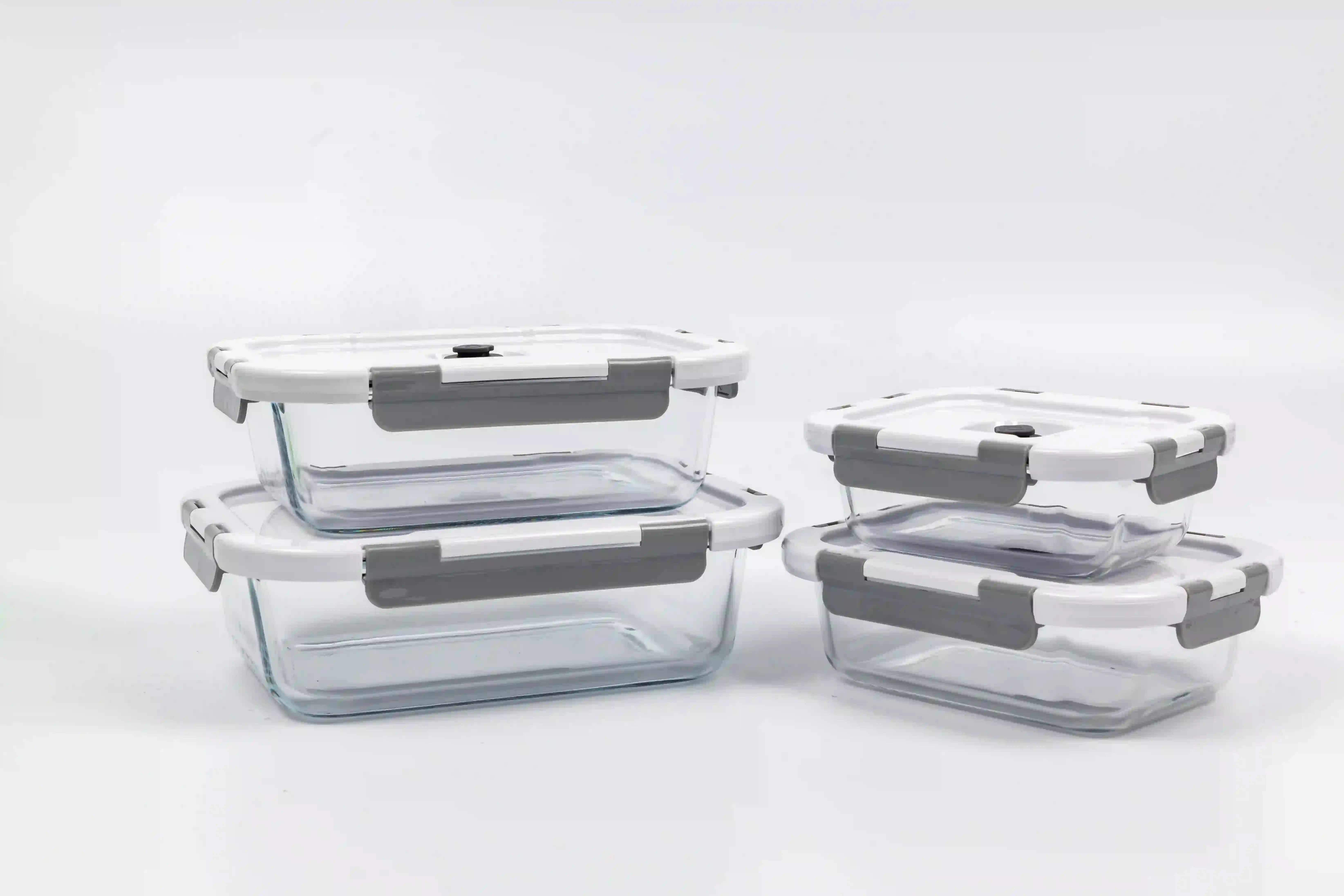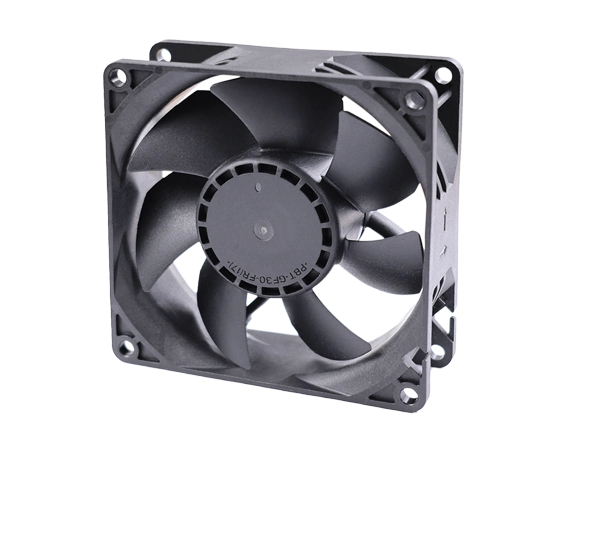A vacuum storage container is a device commonly used for food storage and preservation, which extends the shelf life of food by creating a vacuum environment. However, for food safety and hygiene issues, the importance of the safety of vacuum storage containers and compliance with food hygiene standards cannot be ignored. This article will discuss the safety and food hygiene standards of vacuum storage containers and introduce relevant measures and recommendations.
The safety of vacuum storage containers is a key factor in ensuring food quality and consumer health. High-quality vacuum storage containers are typically made from non-hazardous materials such as food-grade stainless steel, glass, or certain types of plastic that do not release harmful substances. However, there are also some low-quality products on the market that may use unsafe materials or coatings, which may cause harmful substances to leach into the food during long-term use. Therefore, when choosing vacuum storage containers, consumers should carefully check the product's quality and certification marks.

Food hygiene standards are another key factor in ensuring food safety. In many countries and regions, there are clear hygiene standards stipulating the quality and safety of food contact materials. For example, the U.S. Food and Drug Administration (FDA) stipulates that materials that come into contact with food must meet specific safety standards. The European Union also has similar regulations requiring that all food contact materials must not contain substances harmful to humans, such as certain plasticizers and heavy metals.
It is also crucial to follow proper operating procedures and maintenance guidelines when using vacuum storage containers. This includes ensuring food is fresh, containers and accessories are clean, and seals are intact before vacuuming. Additionally, regular inspection of container seals and valves to ensure they are not worn or damaged is critical to maintaining container sealing performance and food safety.
Another factor to consider is storage temperature. Even when vacuum storage containers are used, food safety issues can result if food is not stored at the appropriate temperature. For example, refrigerated or frozen foods should be kept within recommended temperature ranges to prevent bacterial growth and food spoilage.
In addition to traditional food safety considerations, vacuum storage containers involve some special hygiene issues. Since vacuum storage can extend the shelf life of food, this may mislead consumers into thinking that the food is safe, even if it has exceeded its normal shelf life. Therefore, even in a vacuum environment, the condition of food should be closely monitored and discarded if any signs of odor, discoloration or mold appear.
Finally, consumer education plays an important role in ensuring the safety and food hygiene of vacuum storage containers. Users should understand how to select and use vacuum storage containers and how to identify and deal with problems that may affect food safety. Manufacturers and retailers should also provide clear guidance and information to help consumers make informed decisions.
The safety and compliance of vacuum storage containers with food hygiene standards are crucial to safeguarding food quality and consumer health. Selecting materials that meet standards, maintaining the sealing performance of containers, following food storage principles, and regularly inspecting and replacing containers are key measures to ensure the safety and reliability of vacuum storage containers. Under the premise of correct use and maintenance, they can provide effective storage and preservation of food. s solution.
This article introduces the safety and food hygiene standards of vacuum storage containers, hoping to provide readers with relevant knowledge and guidance. With proper use and maintenance, vacuum storage containers can provide our food with a longer shelf life and ensure food safety and hygiene.
The principle of vacuum food storage containers
Multiple functions of the vacuum food storage container
Vegetable industry tends to vacuum preservation
Vacuum crisper electric vs manual
How to use the vacuum glass container
Vacuum storage boxes allow food to be stored for longer
No takeaway, start with vacuum food storage containers
Use the vacuum food storage containers to keep bananas fresh
Fresh-keeping tool: Exploring the sealing secrets of vacuum storage containers
Vacuum storage container: a magic tool to extend food preservation time
Keeping fresh: How to properly clean and maintain vacuum storage containers
Vacuum storage container buying guide: how to choose the right storage tool for you
7 Essential Tips for Safe and Effective Use of Vacuum Storage Containers
In-depth discussion on the classification and application of vacuum storage containers
How to choose the size and capacity of a vacuum storage container?
How to clean and care for vacuum storage containers: effective methods and precautions
How to properly use vacuum storage containers to preserve food
Exploring the impact of vacuum storage container shape on food storage
Analyze the price of vacuum storage containers
Material selection for vacuum storage containers
Factors affecting storage time and effectiveness of vacuum storage containers
Selection and use of household vacuum storage containers
An in-depth analysis of the moisture-proof and anti-corrosion effects of vacuum storage containers
mia
ltt@bsfmould.com
